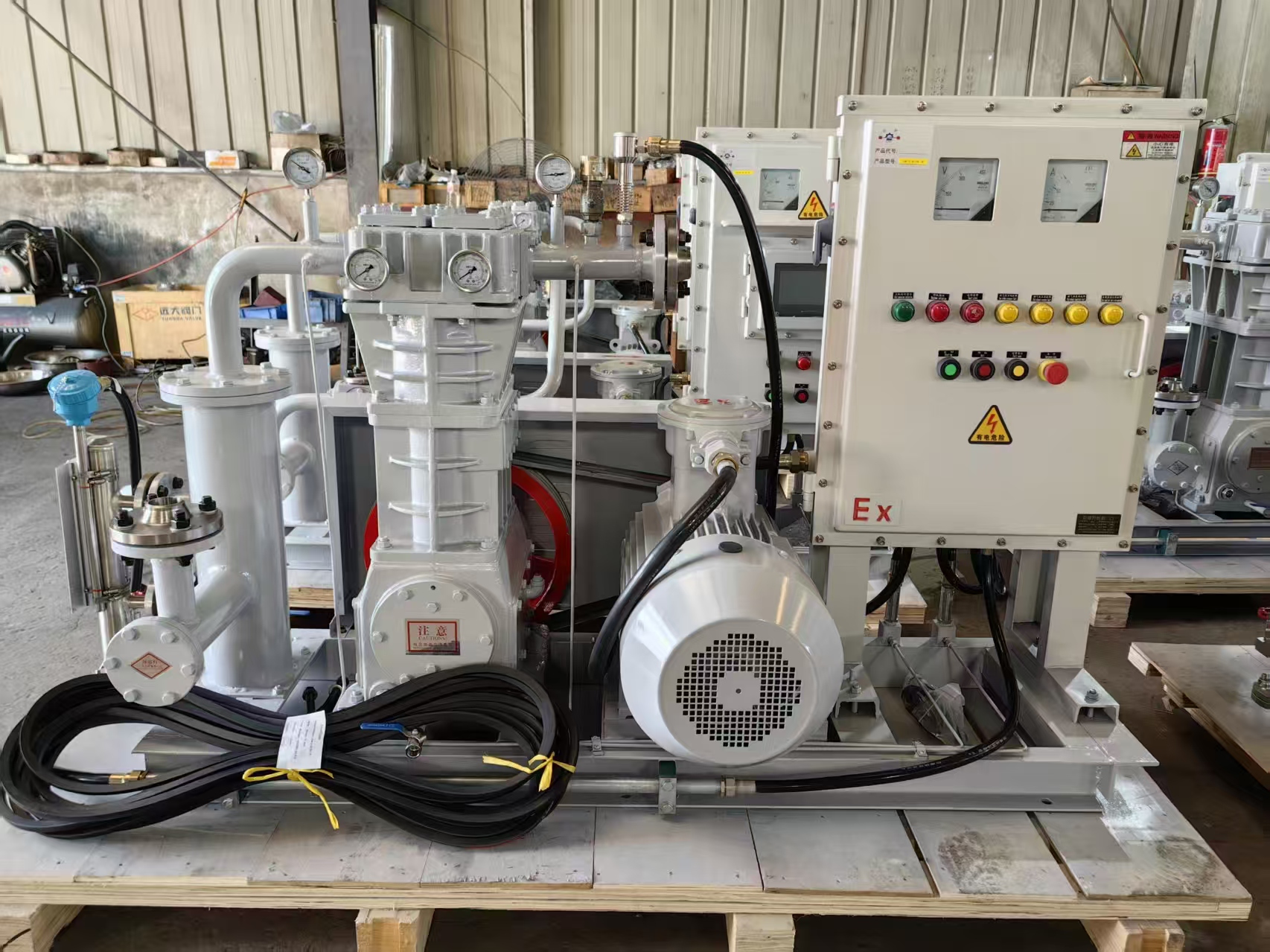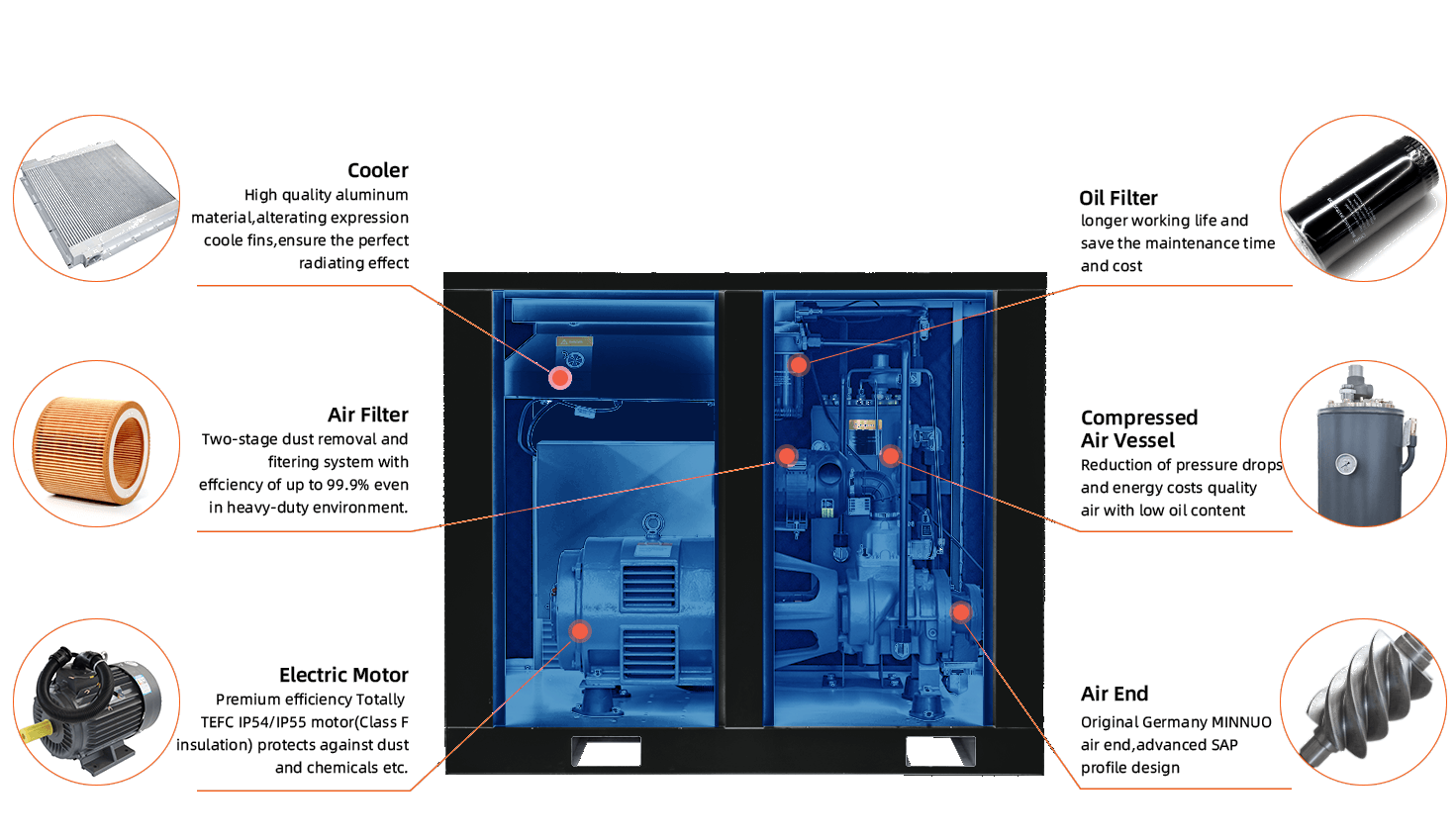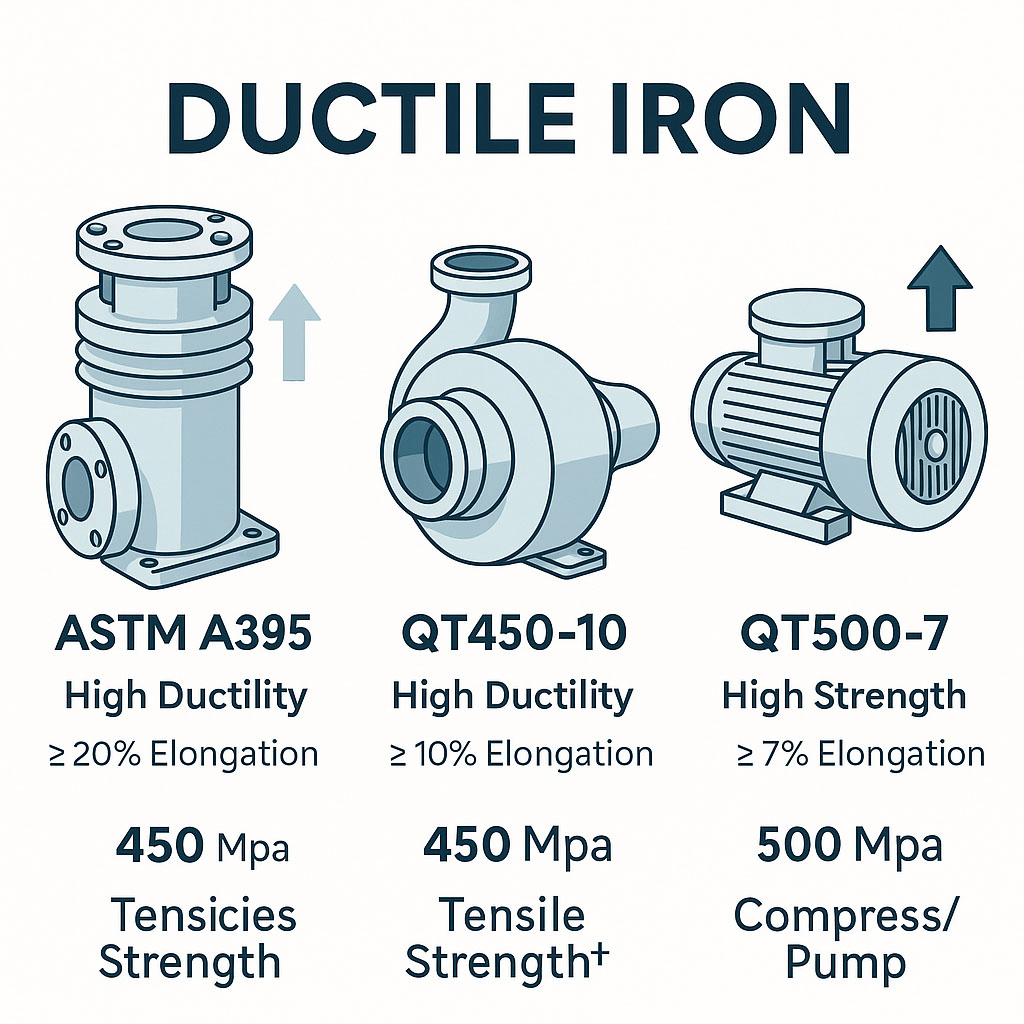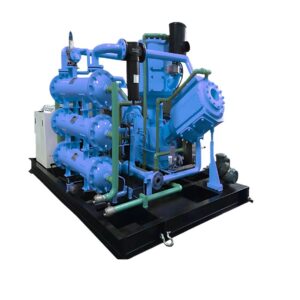Si está comparando compresores de aire para uso industrial o personal, es probable que haya encontrado el término SCFM. Pero, ¿qué es SCFM y por qué es importante a la hora de seleccionar un compresor de aire scfm? En este artículo analizaremos la definición de SCFM, en qué se diferencia del CFM y por qué conocer este valor es crucial para garantizar el pico de producción. eficiencia del compresor.
¿Qué es el SCFM?
SCFM significa Pies cúbicos estándar por minuto. Mide el caudal de aire en condiciones normalizadas, normalmente a 14,7 psi de presión atmosférica, 68 °F de temperatura y 36% de humedad relativa. A diferencia de los CFM brutos, que varían en función de las condiciones, los SCFM ofrecen una cifra normalizada para una mejor comparación del rendimiento.
📌 Por ejemplo, el compresor de diafragma sin aceite Keepwin DW-6/220 tiene una capacidad nominal de 6 Nm³/h (≈3,5 SCFM) a 220 bar. Esta clasificación SCFM permite a los ingenieros calcular con precisión el tiempo de suministro, la tasa de llenado y la potencia necesaria.
Por esta razón, los fabricantes suelen calificar sus compresor de aire scfm productos que utilizan SCFM en lugar de CFM.
Diferencia entre SCFM y CFM
Muchos usuarios confunden el SCFM con el CFM, aunque tienen finalidades distintas. Diferencia entre SCFM y CFM se encuentra en las condiciones de referencia:
-
CFM es un caudal real bruto que depende de la temperatura y la presión actuales.
-
SCFMse ajusta a las condiciones atmosféricas estándar.
Por lo tanto, al comparar modelos o seleccionar herramientas, comprender esta diferencia ayuda a evitar un rendimiento insuficiente o un sobredimensionamiento.
💡 Por ejemplo, una herramienta puede requerir 5 SCFM, pero su compresor podría entregar sólo 5 CFM en condiciones no estándar-resultando en deficiencia de flujo de aire.
Por qué el SCFM es importante para la eficiencia del compresor
La adaptación de la capacidad SCFM del compresor a los requisitos de sus herramientas o sistemas mejora el rendimiento general. eficiencia del compresor. Si el caudal es demasiado bajo, sus herramientas se retrasarán. Si es demasiado alto, desperdiciará energía y aumentará los costes de explotación.
Para lograr una eficacia óptima:
-
Adapte siempre la salida SCFM a las exigencias de la herramienta
-
Tener en cuenta las pérdidas del sistema (por ejemplo, fricción de mangueras, filtros).
-
Control regular del caudal de aire bajo carga
Cómo afecta la refrigeración del compresor de aire al SCFM
Cuando un compresor funciona, genera calor. Sin una refrigeración de compresores de aireEl calor aumenta la densidad del aire y reduce el caudal SCFM. A su vez, esto puede degradar el rendimiento de la herramienta y causar sobrecalentamiento.
Los compresores de aire modernos incluyen postenfriadores, interenfriadores o camisas de agua para mantener temperaturas estables. La refrigeración no es solo una medida de protección, sino que preserva la precisión del SCFM en condiciones de trabajo.
Tipos de compresores de aire y su capacidad en pies cúbicos por minuto (SCFM)
Diferentes tipos de compresores de aire se adaptan a diferentes demandas de SCFM:
| Tipo de compresor | Rango SCFM típico | Lo mejor para |
|---|---|---|
| Reciprocante (Pistón) | 2-30 SCFM | Pequeños comercios, uso como hobby |
| Tornillo giratorio | 50-500 SCFM | Plantas industriales |
| Centrífuga | 500+ SCFM | Sistemas continuos a gran escala |
| Diafragma | 1-10 SCFM | Sistemas médicos, de laboratorio y de pureza de gases |
La elección del tipo adecuado garantiza que la producción de SCFM se ajuste a las necesidades del mundo real.
En resumen, la SCFM es más que un número en la hoja de especificaciones de un compresor: es la columna vertebral del rendimiento de su sistema en condiciones reales. Comprender la SCFM, la diferencia entre SCFM y CFMy su relación con refrigeración de compresores de aire y eficiencia del compresor puede ahorrarle energía, tiempo y dinero.
Tanto si está evaluando tipos de compresores de aire o dimensionar un sistema para aplicaciones industriales, SCFM es la métrica que realmente importa.
📩 Para una consulta experta sobre la selección del compresor de aire scfmPóngase en contacto con Keepwin Technology Hebei Co. Nuestro equipo de ingeniería está listo para ayudarle a construir un sistema de aire comprimido eficiente y de alto rendimiento.











